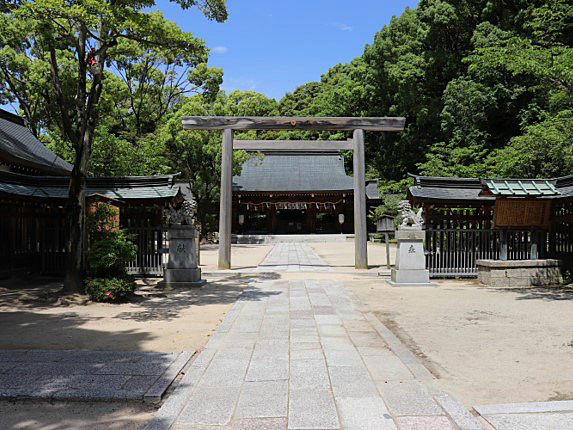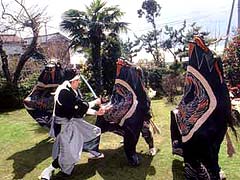
Kusunoki Sakura Festival
Twenty-four members of the Shōnawate shrine will be enshrined in the shrine, including Masayoshi Kusunoki and Masayoshi Kusunoki, whose main festival deity is Masayuki Kusunoki. The precincts are planted with kusan, cherry blossoms, and autumn leaves, especially the scenery of spring and autumn. In 1890, the Emperor Meiji was granted a royal charter, and the festival of the day was the Kusunoki Sakura Festival. Various votive events such as iai and dance are held.




